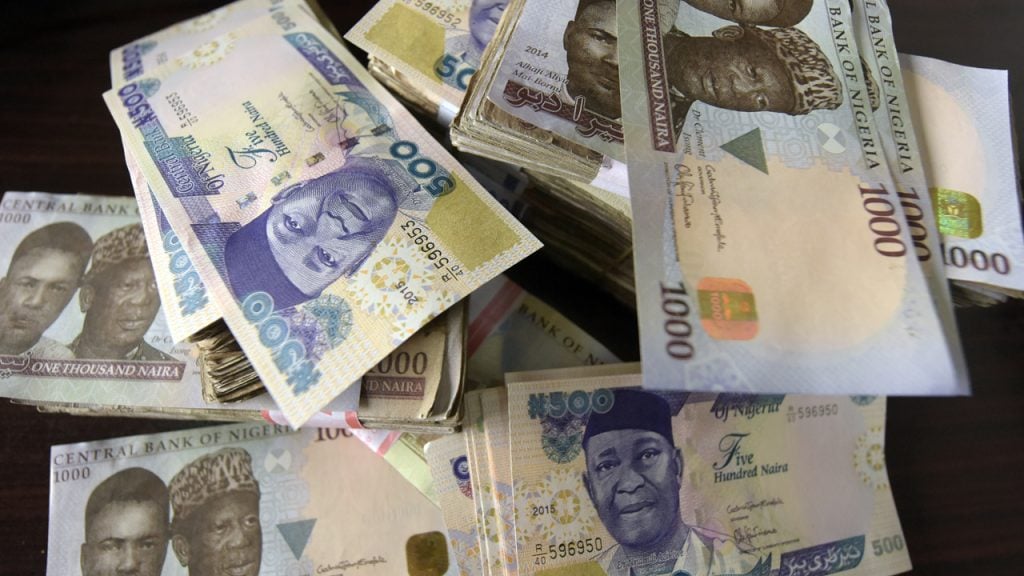The naira closed the week on a negative note, weakening by 0.99 per cent at the official foreign exchange market to ₦1,456.72 per dollar on Friday, down from ₦1,442.43 recorded the previous week. At the parallel market, the currency also slipped, trading between ₦1,470 and ₦1,475 per dollar.
The official market witnessed a wider trading band, with the naira fluctuating between ₦1,440 and ₦1,460 as reduced inflows met stronger dollar demand. By the end of trading, the currency had lost nearly one per cent of its value, mirroring the marginal decline seen in the parallel market.
Analysts observed that the naira traded largely bearish throughout the week, pressured by early demand from investors seeking to cover FX positions. Despite several interventions by the Central Bank of Nigeria, elevated dollar demand continued to weigh on the currency.
The exchange rate volatility comes despite steady growth in Nigeria’s external reserves, which climbed from $43.64bn on November 14 to $44.19bn as of Thursday—an increase of 1.26 per cent within days. The rise in reserves has been attributed to stable oil earnings, stronger non-oil inflows, and a continuing trade surplus.
Analysts expect the FX market to remain cautious in the coming days, with pricing likely to reflect the availability of inflows rather than any major shift in market sentiment. They warn that the naira may experience further pressure unless foreign currency supply improves significantly.
However, the gradual build-up in reserves and sustained CBN interventions are expected to help moderate volatility and support broader market stability, even as structural demand–supply imbalances persist.
Outlook for the currency remains mildly positive in the short term, with expectations that the naira will trade within the current band as market fundamentals maintain a supportive tone. The sustained stability of the currency has also contributed to Nigeria’s recent disinflation trend, though analysts note that long-term FX stability will depend on broader policy management and investor confidence.
Ahead of this week’s Monetary Policy Committee meeting, projections suggest a dovish stance supported by easing inflation, relatively stable FX conditions, and firm GDP growth expectations. Analysts foresee a possible rate cut of between 25 and 50 basis points, which could extend the ongoing rally in the bonds market.






Post comments (0)